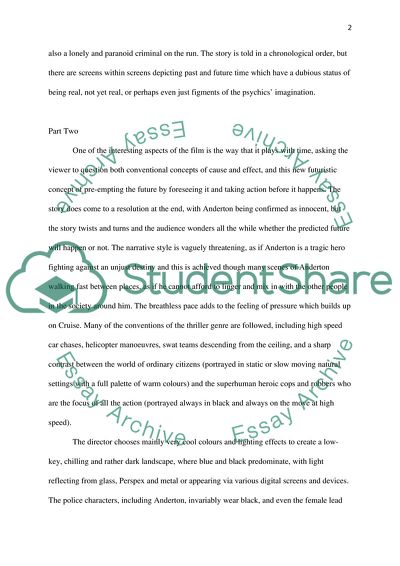Cite this document
(Analyzing Mise-en-Scene Report Example | Topics and Well Written Essays - 1500 words, n.d.)
Analyzing Mise-en-Scene Report Example | Topics and Well Written Essays - 1500 words. https://studentshare.org/visual-arts-film-studies/1742639-analyzing-mise-en-scene
Analyzing Mise-en-Scene Report Example | Topics and Well Written Essays - 1500 words. https://studentshare.org/visual-arts-film-studies/1742639-analyzing-mise-en-scene
(Analyzing Mise-En-Scene Report Example | Topics and Well Written Essays - 1500 Words)
Analyzing Mise-En-Scene Report Example | Topics and Well Written Essays - 1500 Words. https://studentshare.org/visual-arts-film-studies/1742639-analyzing-mise-en-scene.
Analyzing Mise-En-Scene Report Example | Topics and Well Written Essays - 1500 Words. https://studentshare.org/visual-arts-film-studies/1742639-analyzing-mise-en-scene.
“Analyzing Mise-En-Scene Report Example | Topics and Well Written Essays - 1500 Words”. https://studentshare.org/visual-arts-film-studies/1742639-analyzing-mise-en-scene.


